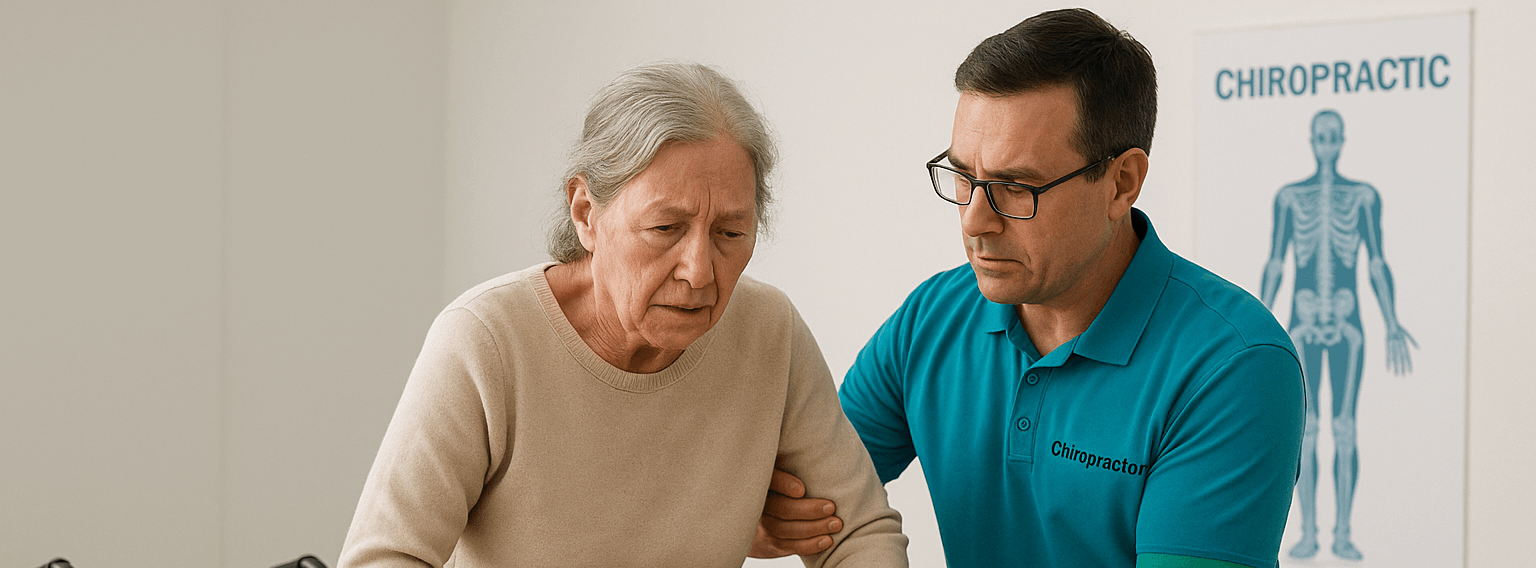If you’ve ever dealt with chronic back pain, neck tension, or stubborn posture issues, you’ve probably been told to “strengthen your core” or “do some stretches.” Sounds easy, right? But what if the problem isn’t weak muscles—it’s a misaligned structure that your body simply can’t fix on its own?
Welcome to the debate of structural correction vs exercises. While corrective exercises are helpful and popular in fitness and rehab circles, they often miss a critical piece of the puzzle: your structural alignment. This blog breaks down the difference between both approaches—and why choosing the right one could mean the difference between temporary relief and long-term transformation.
Jump to:
TLDR – Quick Guide
- Corrective exercises aim to strengthen muscles and improve movement patterns.
- Structural correction focuses on realigning the spine and body to its natural position.
- Exercises alone may not fix underlying misalignments the body can’t self-correct.
- Structural correction helps remove the root cause of recurring pain or poor posture.
- Combining both can be powerful—but knowing when to prioritize each is key.
Detailed Breakdown
1. What Are Corrective Exercises?
Corrective exercises are targeted movements designed to strengthen weak muscles, lengthen tight areas, and improve neuromuscular control. They’re commonly prescribed by physical therapists, trainers, and rehab specialists to address imbalances that lead to pain or poor movement.
For example, someone with anterior pelvic tilt might be told to strengthen their glutes and stretch their hip flexors. While this might improve symptoms short-term, it often doesn’t fully resolve the issue if the pelvis is structurally out of alignment.
2. What Is Structural Correction?
Structural correction, such as Advanced BioStructural Correction (ABC), goes deeper. It aims to reposition bones and joints into their optimal alignment using specific manual techniques. These are changes the body can’t achieve on its own, no matter how many exercises you do.
Think of it like fixing the foundation of a house. You wouldn’t just rearrange the furniture (muscles); you’d correct the tilt of the floor (structure) first.
3. Why Exercises May Not Be Enough
Let’s say your spine has a forward shift that your body can’t reverse because of joint mechanics. Doing planks or rows might help you feel stronger, but they won’t realign the vertebrae. Over time, the misalignment can override the muscular work and keep pulling you back into dysfunction.
This is why some people do “all the right exercises” and still suffer from pain or poor posture.
4. Structural Correction: Lasting Relief at the Root
Structural correction removes the primary cause of dysfunction—misaligned bones that put strain on surrounding muscles and nerves. When alignment is corrected first, the body becomes more stable, balanced, and ready to benefit from exercise without compensation patterns.
Clinics like Upright Posture use ABC to systematically correct these issues, often reporting a 99% success rate in symptom relief.
5. When to Use Each Approach
- Use corrective exercises when recovering from injury, strengthening weak areas, or reinforcing new movement patterns after structural changes.
- Use structural correction when postural issues, chronic pain, or repeated dysfunction persist despite consistent exercise.
The two are not enemies—they’re tools. But using them in the wrong order is like painting over a cracked wall without fixing the plaster first.
Key Takeaways
- Structural correction addresses the root cause—misalignment—not just symptoms.
- Corrective exercises are valuable, but limited if alignment issues persist.
- A structurally sound body responds better to strength and rehab work.
- Many chronic issues stem from bones being out of place—not weak muscles.
- Start with alignment, then reinforce with movement. That’s the real fix.
FAQs
1. Can corrective exercises fix structural misalignments?
No. Corrective exercises can support muscles and improve function, but they can’t reposition bones or correct structural shifts the body can’t self-correct.
2. What’s an example of structural correction?
Advanced BioStructural Correction (ABC) is a hands-on method that systematically realigns bones in a way the body can’t achieve with stretching or exercise alone.
3. Should I stop doing exercises if I start structural correction?
Not necessarily. In fact, once your structure is corrected, exercises become more effective because your body can move without compensating for misalignments.
4. How do I know if I need structural correction?
If you’ve done “all the right things”—stretches, workouts, posture training—but still have pain or dysfunction, your body may need structural realignment.
5. Can I combine both approaches?
Absolutely. The best results often come from realigning the body structurally first, then using exercise to reinforce and stabilize those changes over time.






